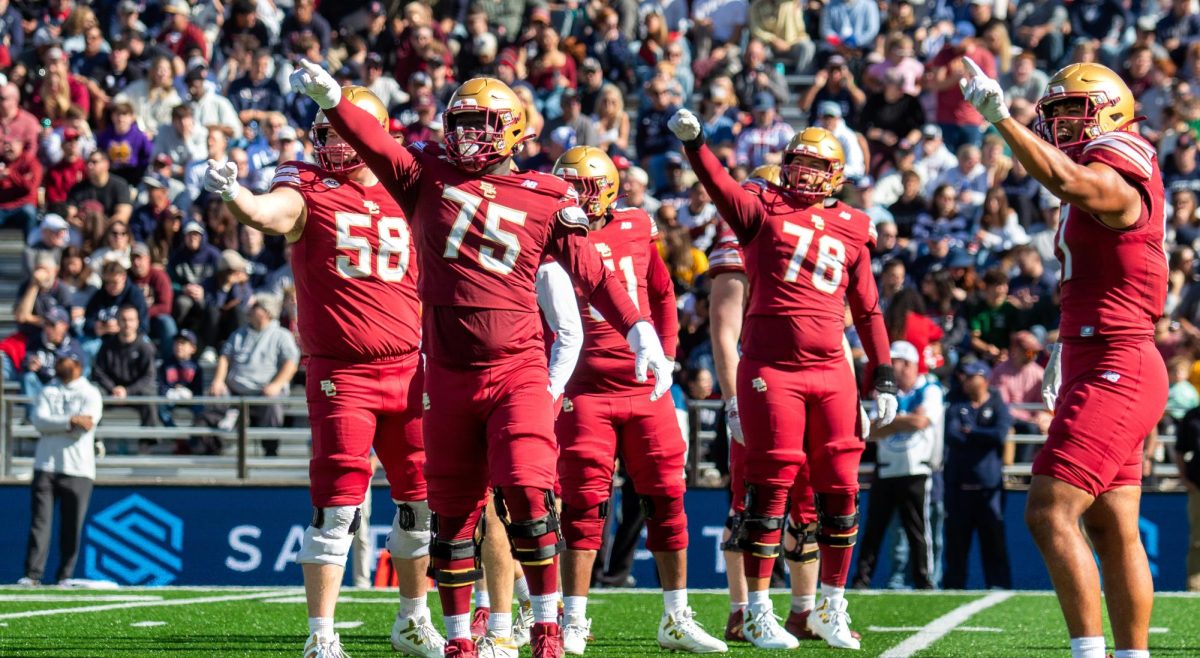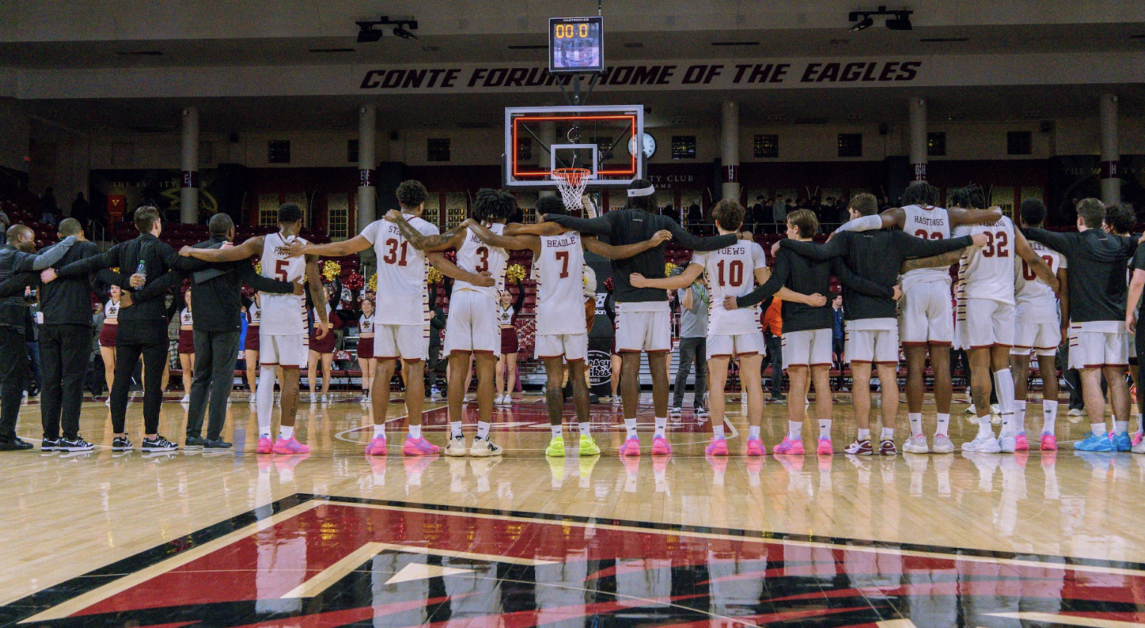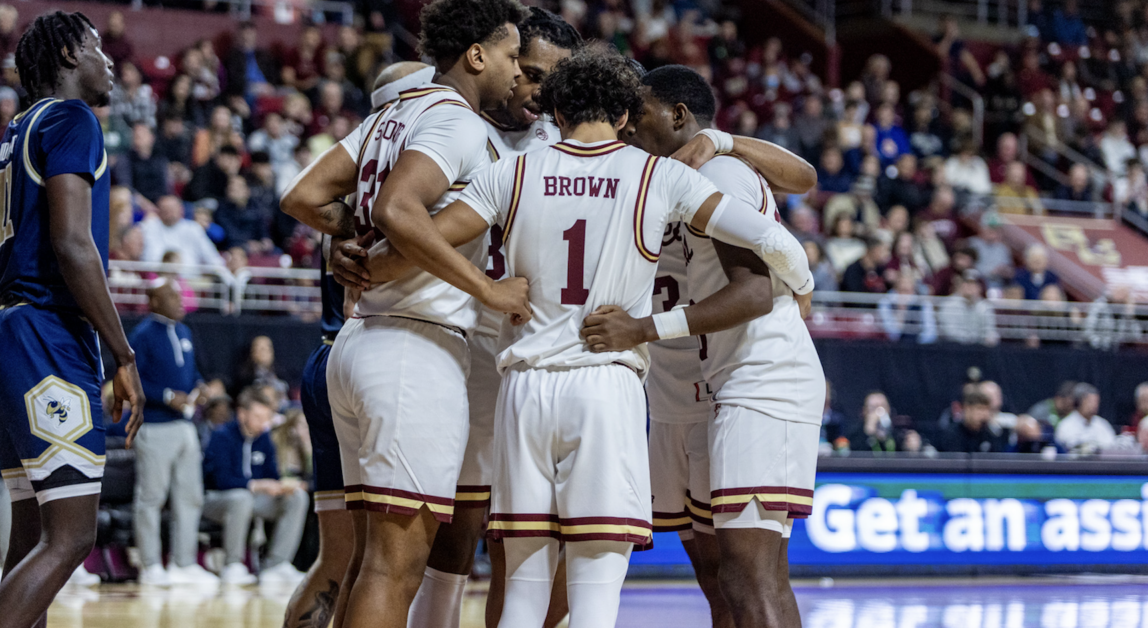It’s a story all too common in today’s world: A seemingly mediocre college basketball player explodes during March Madness, decides to leave college and enter the NBA Draft, and then struggles to keep up with the big boys. If you don’t believe me, just ask Vander Blue, who entered the NBA Draft at the end of his junior year after a stellar March Madness run with Marquette and then went undrafted. For the past few years he has bounced around from team to team, sometimes on an NBA roster and sometimes on a D-League roster. He even had a stint playing overseas in Israel.
Earlier this month, the NCAA announced a rule change that will hopefully limit stories like Blue’s. Previously, the NCAA required that athletes declare for the NBA Draft in April, before high school recruits sign their letters of intent. This arrangement only benefitted coaches and schools. They were able to assess their needs based on departing players and pursue high school recruits accordingly. On Jan. 13, the NCAA announced that, starting this year, athletes have up to 10 days after the end of the combine to withdraw from the draft. In addition, athletes can declare for the draft more than once throughout their college career without being penalized. This year, the NBA Combine will take place from May 11-15. Under the new rule, any NCAA athlete has until May 25 to withdraw from the draft.
This development is an overdue and excellent step forward for college basketball players. They can test the waters, participate in the combine, and work out with one NBA team. If they sense interest or believe that they will be drafted by a team, they can enter the draft confidently. If they believe they aren’t at the NBA level yet and should play another year in college to hone their skills and gain maturity and leadership, they can back out without losing any NCAA eligibility and declare for the draft in future years without being penalized.
I believe this change is just about the best thing the NCAA could have done for college basketball players. One of the most painful mistakes an athlete can make is declaring for the draft too early. Sacrificing a successful college career and a college diploma on the mistaken belief that there is a team willing to take you on is terrible and can only lead to painful regret. This new rule gives athletes a better understanding of their chances in the draft and allows them to make informed decisions that will impact their futures.
Now, if it were up to me, college athletes would remain in school and get their diploma before declaring for any draft. I know, I know—besides the fact that a rule like that can’t really be enforced, many athletes are in their prime during their college years. They may be worried about severe injuries hurting their chances of getting drafted if they stay in school for four years. I understand that there are a lot of factors that go into declaring for a draft, and that some basketball players can go one-and-done and do just fine for themselves.
But I’m thinking about the bigger picture. Nobody can play in the pros forever. And while professional athletes like Tom Brady or Steph Curry will have job opportunities left and right following retirement, most athletes will not be approached by ESPN when they throw in the towel on their career. Less than 2 percent of college basketball players make it to the NBA. For so many hopeful athletes, the dream of turning pro is just that: a dream. So what happens when an athlete who left school early retires, or doesn’t get the success they anticipate? They’re stuck without a diploma and without any money coming in. Athletes who graduate from college at least have a degree to fall back on, and with that the potential for another career.
But I know how naive it is to expect athletes to sit patiently in college and graduate before going pro. For some of them, big bucks await in the big leagues, and it just doesn’t make sense to wait around for that money. On the flip side, many others misjudge the level of interest teams are showing. The new rule change protects athletes like that. Instead of blindly declaring for the draft and then realizing later that they should have stayed in college at least another year, athletes will have a better idea of their position in the draft and can make the right choices for themselves with the most knowledge possible.
The rule change hits close to home for Eagles fans. In April 2015, then-junior Olivier Hanlan announced that he was skipping his final season at Boston College and entering the NBA Draft. Hanlan had enjoyed success at BC—in his freshman campaign, he started every game, led the team in scoring, and was named ACC Rookie of the Year. As a sophomore and junior, the team’s record dipped, but Hanlan’s numbers stayed consistently good. He was selected 42nd overall in the second round of the 2015 NBA Draft by the Utah Jazz. After a stint with the Jazz in the summer league, he signed a one-year deal to play overseas in Lithuania. If Hanlan had been able to take advantage of the rule change, it’s possible he would have consulted an agent, learned how he’d stack up at the combine, stayed at BC for his senior campaign, graduated, and then gone on to pursue a career in the Association.
So I commend the NCAA. This rule change might hurt coaches, who will not know what positions they need to fill before high schoolers sign letters of intent, but it is the best thing they could have done for collegiate athletes. At the end of the day, whether to declare for the draft is an unbelievably important decision that will have an enormous impact on an athlete’s future. This new rule change is designed to help athletes through the decision-making process in the best way possible. After years of a system benefitting the coaches, it is a big step forward for the NCAA to implement a system in the athletes’ favor.
Featured Image by Emily Fahey / Heights Archive



















